Discover Iconic Cairo Ramses Station A Journey Through Time
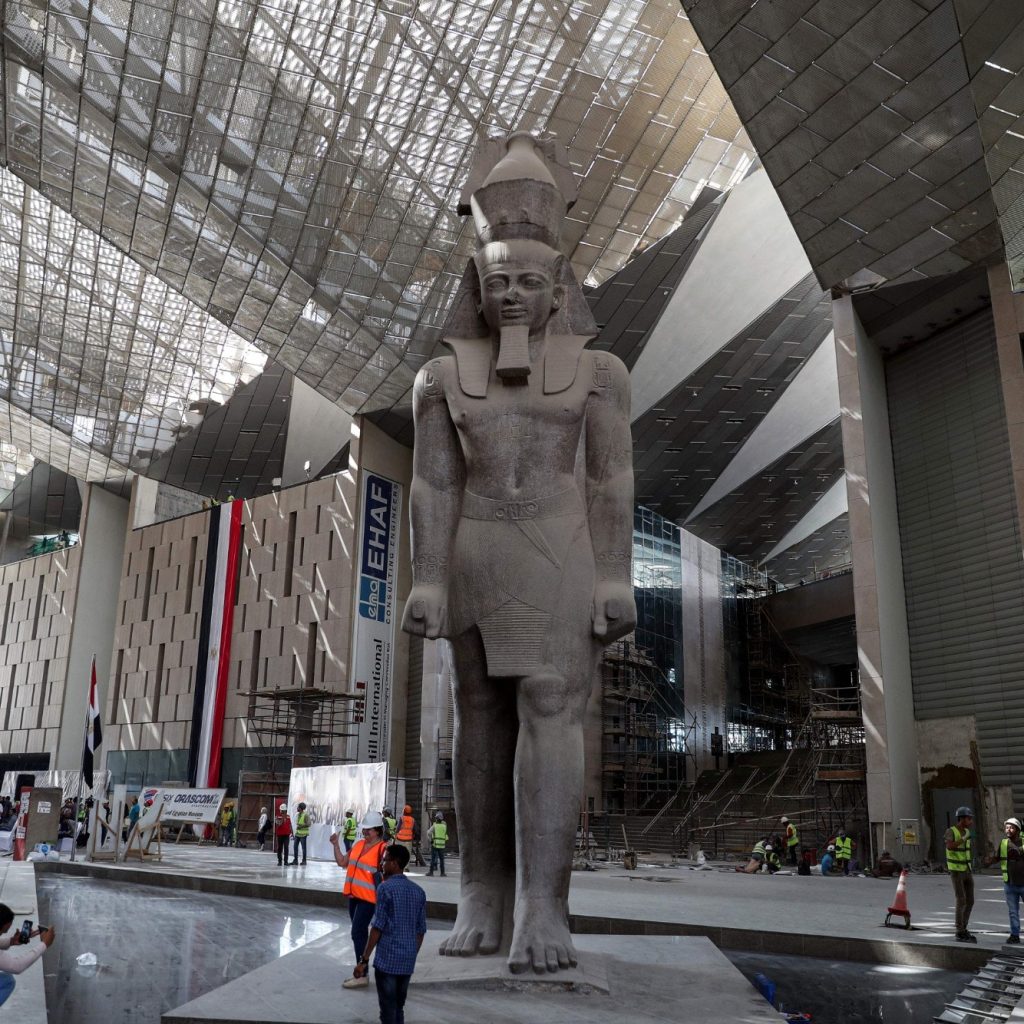
Contents:
- Introduction to Cairo Ramses Station
- History of Ramses Station
- Architectural Design and Significance
- Ramses Station’s Role in Egyptian Railways
- Modernization and Upgrades
- Daily Life at Ramses Station
- Notable Events and Incidents
- Ramses Station in Popular Culture
- Future Prospects of Ramses Station
- FAQs About Cairo Ramses Station
1. Introduction to Cairo Ramses Station
Cairo Ramses Station, also known simply as Ramses Station, stands as one of the most iconic landmarks in Cairo, Egypt. Serving as the main railway hub in the bustling capital, it is a gateway to Egypt’s extensive rail network. The station is not just a transit point; it is a historical monument that has witnessed the evolution of Cairo Ramses Station, from a colonial city to a modern metropolis. For millions of Egyptians and tourists alike, Ramses Station is more than just a place to catch a train; it is a symbol of Egypt’s rich Cairo Ramses Station .
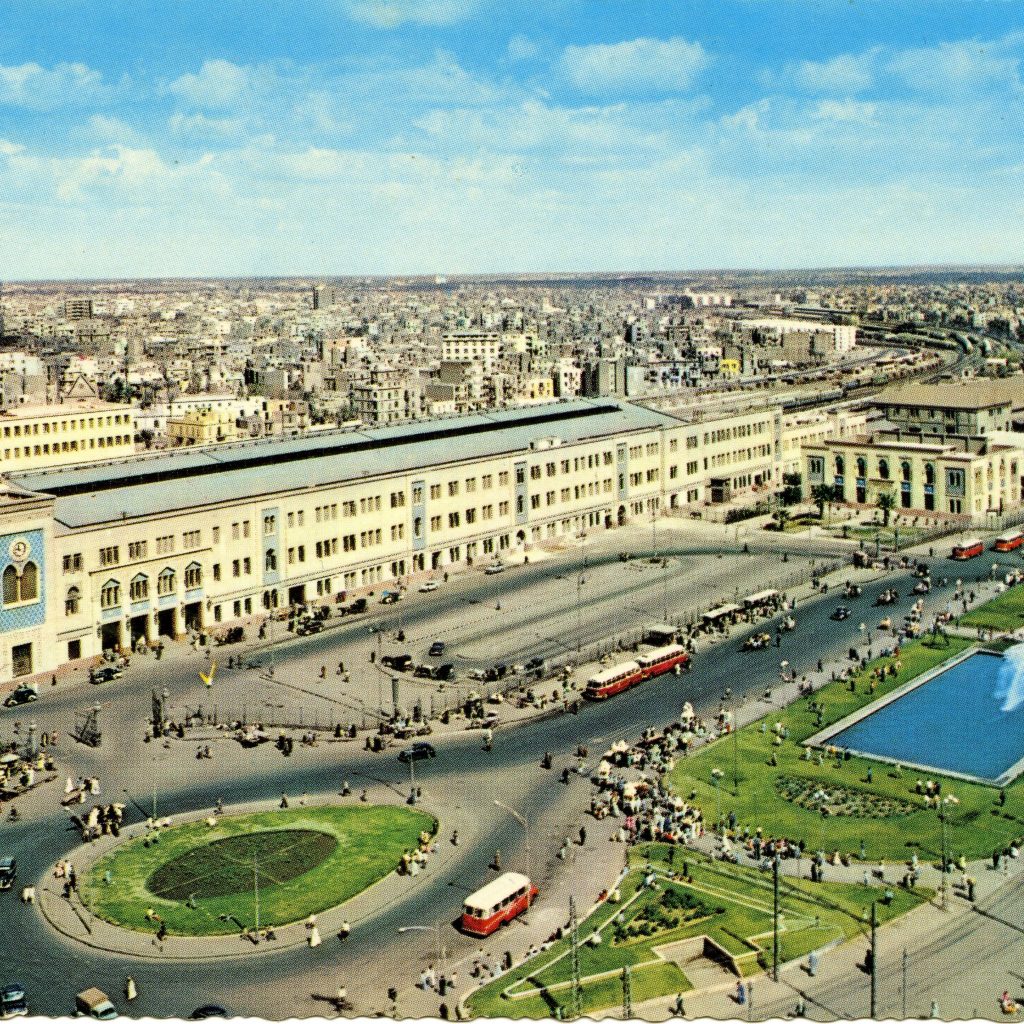
2. History of Ramses Station
Cairo Ramses Station, has a history that dates back to the 19th century, during the time of Khedive Ismail, who was known for his vision of modernizing Egypt. The station was originally opened in 1856, making it one of the oldest railway stations in Africa and the Middle East. It was named after Ramses II, one of ancient Egypt’s most powerful pharaohs, symbolizing the country’s long-standing heritage and its modern aspirations. The station has seen multiple renovations and expansions to handle more passengers and meet Egypt’s railway system demands.
3. Architectural Design and Significance
The architectural design ofCairo Ramses Station, is a blend of traditional and modern elements, reflecting Egypt’s unique cultural heritage. The station’s exterior features detailed designs and motifs honoring ancient Egyptian architecture, while the inside offers a contemporary appearance with roomy halls and modern facilities. One of the most striking features of the station is the large statue of Ramses II that once stood in the main square outside the station, which has since been relocated to the Grand Egyptian Museum. The station’s architecture is not only functional but also serves as a testament to Egypt’s rich history and its ongoing journey towards modernization.
4. Ramses Station’s Role in Egyptian Railways
Cairo Ramses Station, plays a crucial role in Egypt’s railway system, serving as the main hub for both national and international trains. It connects Cairo to major cities across Egypt, including Alexandria, Luxor, and Aswan, making it a vital link in the country’s transportation network. The station handles thousands of passengers daily, ranging from commuters and tourists to traders and business travelers. Its strategic location in the heart of Cairo makes it an essential part of the city’s infrastructure, facilitating the movement of people and goods across the country.
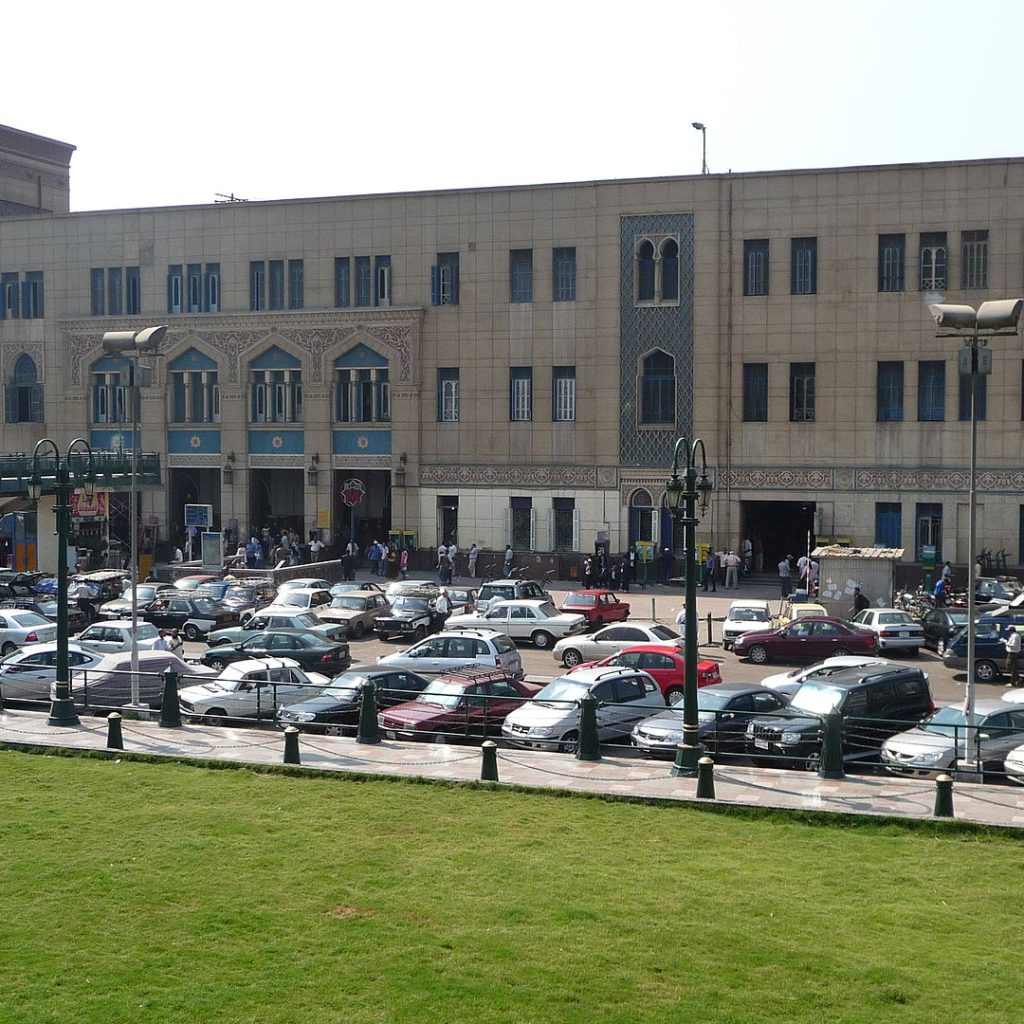
5. Modernization and Upgrades
In recent years, Cairo Ramses Station, has undergone several modernization projects aimed at improving its facilities and services. These upgrades include the installation of advanced security systems, the renovation of waiting areas, and the introduction of digital ticketing services. The station has also been equipped with modern amenities such as restaurants, cafes, and retail shops, making it a more comfortable and convenient place for passengers. These improvements are part of a broader effort by the Egyptian government to revitalize the country’s railway system and enhance the overall travel experience for passengers.
6. Daily Life at Ramses Station
Cairo Ramses Station, is a bustling hub of activity, with thousands of people passing through its gates every day. The station is a microcosm of Cairo, reflecting the city’s diversity and vibrancy. Passengers from all walks of life can be seen at the station, from local commuters hurrying to catch a train to tourists exploring Egypt’s ancient wonders. The station’s bustling atmosphere is further amplified by the numerous vendors selling everything from snacks and drinks to souvenirs and newspapers. Despite the chaos, there is a certain rhythm to the station’s daily operations, with trains arriving and departing with clockwork precision.
7. Notable Events and Incidents
Over the years, Cairo Ramses Station, has been the site of several notable events and incidents. One of the most tragic events in the station’s history occurred in February 2019, when a train derailed and caught fire, resulting in the deaths of dozens of people. The incident highlighted the urgent need for improved safety measures and greater investment in Egypt’s railway infrastructure. On a brighter note, the station has hosted several major culturalevents, like art exhibitions and music performances, highlighting Egypt’s rich artistic heritage.
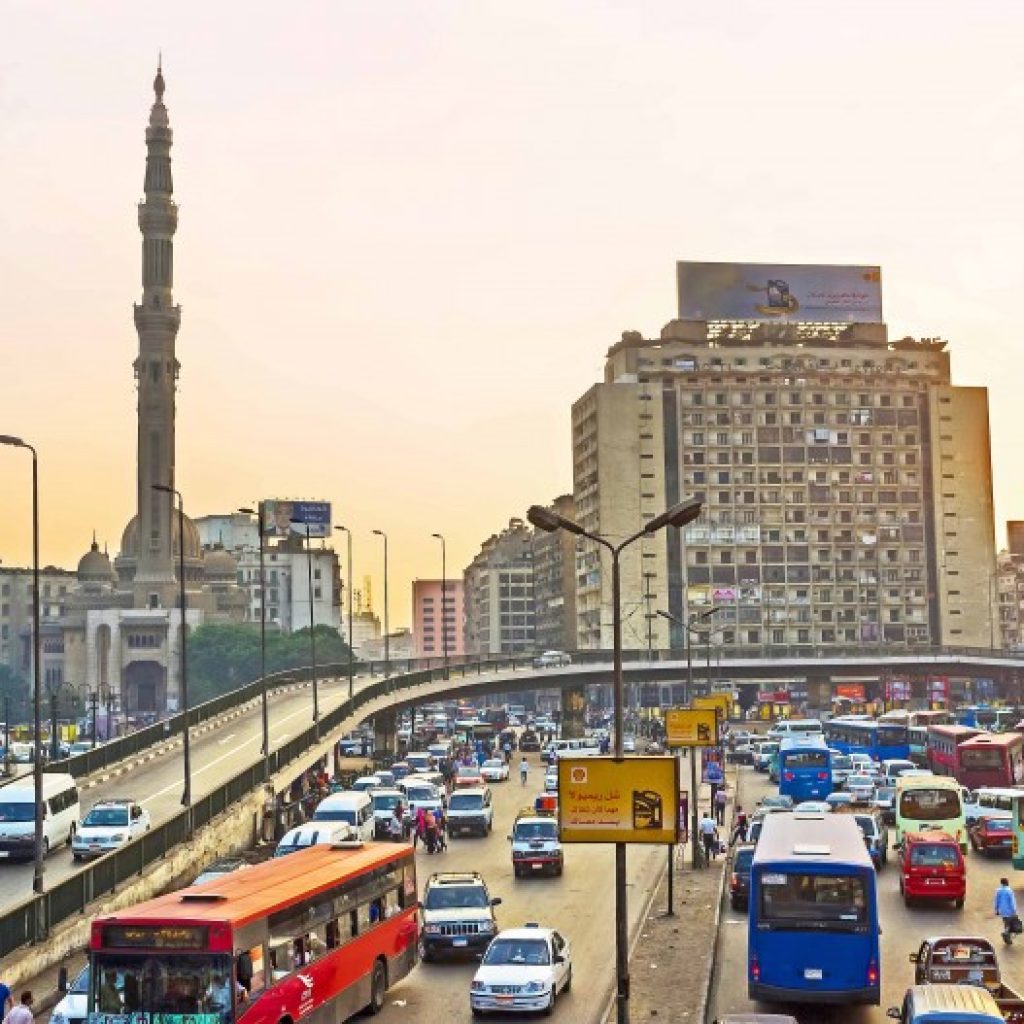
8. Ramses Station in Popular Culture
Cairo Ramses Station, has been immortalized in Egyptian popular culture, appearing in numerous films, television shows, and literature. The station’s iconic status has made it a popular setting for scenes depicting the hustle and bustle of Cairo, as well as the emotional farewells and reunions that take place at the station. The station’s historical significance and architectural beauty have also made it a popular subject for photographers and artists, who have captured its unique charm in various mediums.
9. Future Prospects of Ramses Station
Looking ahead, Cairo Ramses Station, is poised to play an even more significant role in Egypt’s transportation network. The Egyptian government has announced plans to further modernize the station and expand its capacity to accommodate the growing number of passengers. These plans include the construction of new platforms, the introduction of high-speed trains, and the development of a dedicated rail line connecting the station to Cairo International Airport. As Egypt continues to modernize its infrastructure, Ramses Station is set to remain a vital part of the country’s transportation system, linking the past with the future.
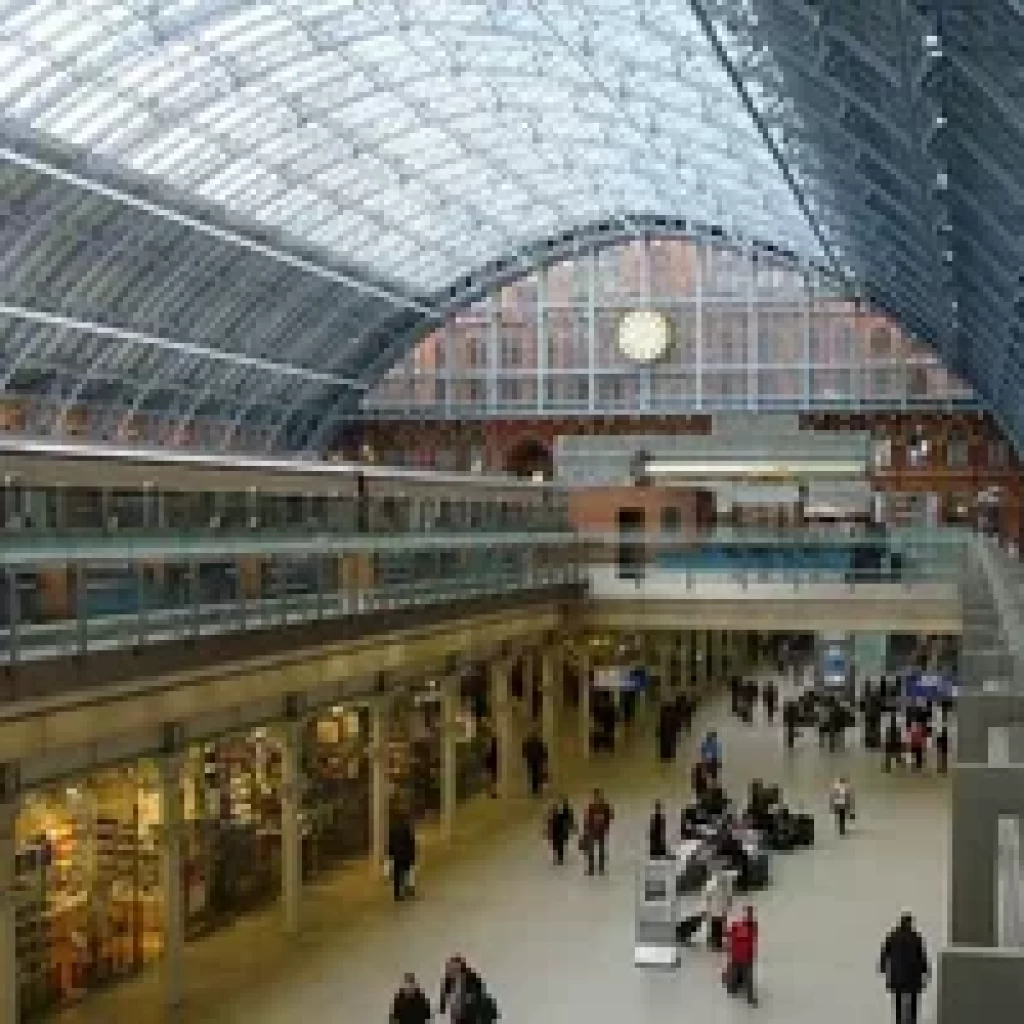
10. FAQs
Q1: What is the significance of the name ‘Ramses Station’?
A1: Ramses Station is named after Ramses II, one of ancient Egypt’s most powerful pharaohs, symbolizing the country’s rich historical heritage.
Q2: When was Ramses Station originally opened?
A2: Ramses Station was originally opened in 1856, making it one of the oldest railway stations in Africa and the Middle East.
Q3: What are some of the key architectural features of Ramses Station?
A3: The station features a blend of traditional and modern architectural elements, including intricate designs that pay homage to ancient Egyptian architecture and a spacious, contemporary interior.
Q4: How has Ramses Station been modernized in recent years?
A4: Ramses Station has undergone several modernization projects, including the installation of advanced security systems, the renovation of waiting areas, and the introduction of digital ticketing services.
Q5: What role does Ramses Station play in Egypt’s railway system?
A5: Ramses Station serves as the main railway hub in Cairo, connecting the city to major destinations across Egypt and handling thousands of passengers daily.
Q6: What was the tragic incident that occurred at Ramses Station in 2019?
A6: In February 2019, a train derailment and fire at Ramses Station resulted in the deaths of dozens of people, highlighting the need for improved safety measures in Egypt’s railway system.
Q7: What are the future prospects for Ramses Station?
A7: The Egyptian government has plans to further modernize Ramses Station, including expanding its capacity, introducing high-speed trains, and developing a dedicated rail line to Cairo International Airport.
Cairo Ramses Station is more than just a transportation hub;it is a living testament to Egypt’s history, culture, and aspirations.Since its 19th-century inception to its current importance in Egypt’s railroad system,the station has observed the nation’s growth and remains vital for its future.As Egypt advances with ambitious infrastructure upgrades, Ramses Station will surely continue playinga crucial role in linking the nation’s rich history to its bright future.





Comment (0)